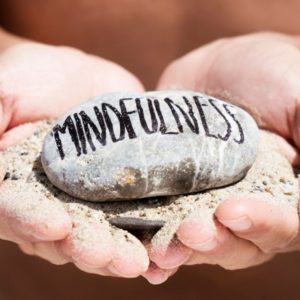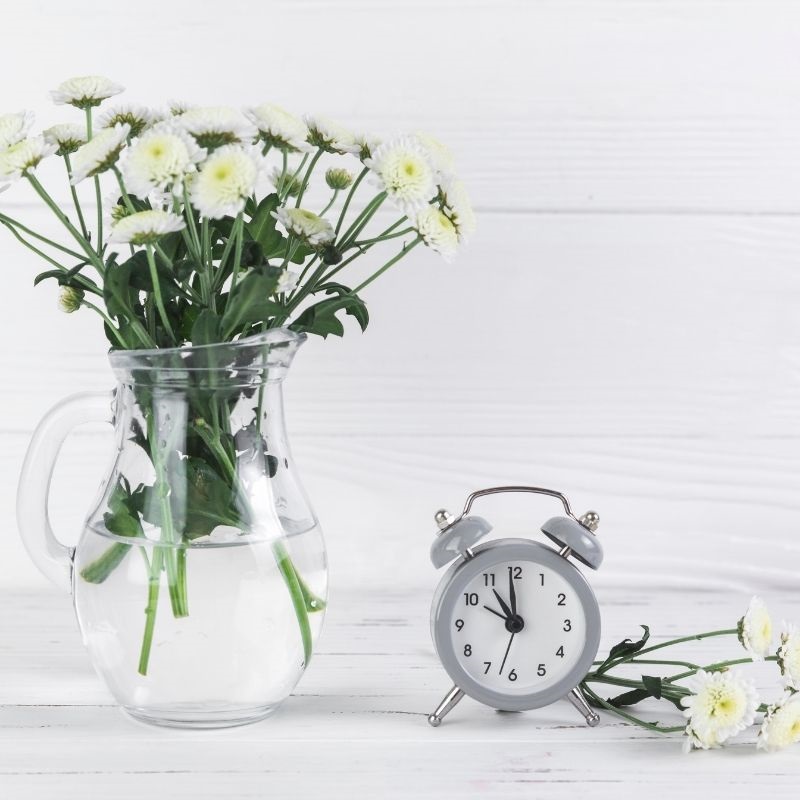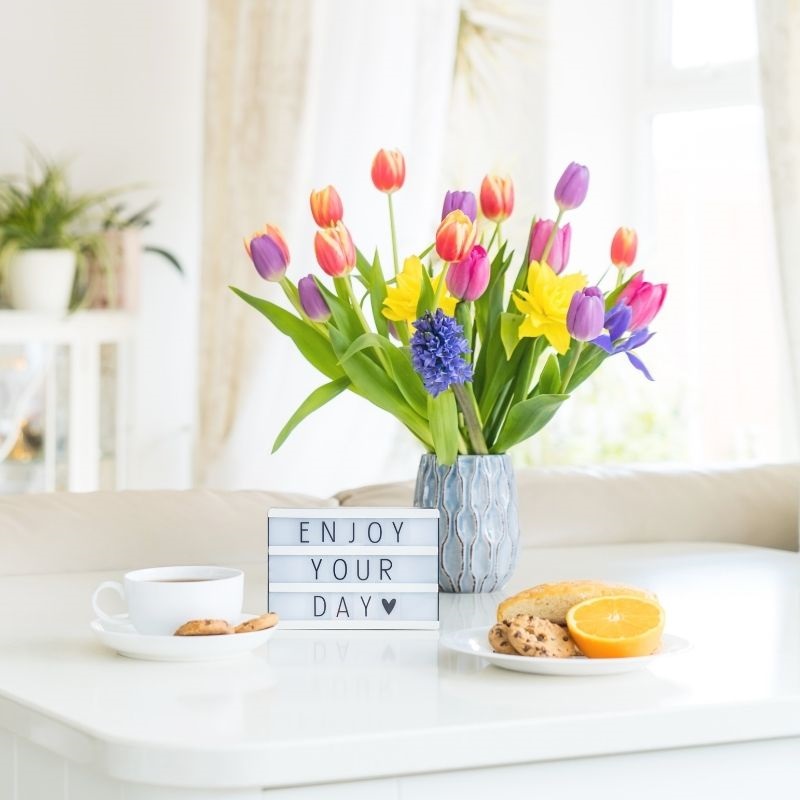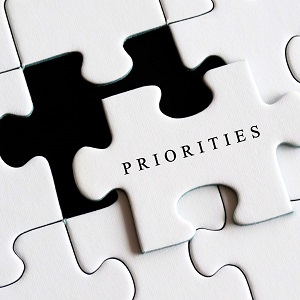You have made the decision to be more attentive in your daily life but don’t know where to begin. Perhaps you can find a few solutions here. One way is by being mindful.
There are ten simple practices to include in your daily life, and all of them are focused on increasing self-acceptance by being mindful.
You can make informed decisions by being aware of your activities and knowing why you are doing what you are doing.
This helps with boosting confidence in your capacity to make decisions.
For more information, Harvard University has articles relating to Mindfulness and Self-Acceptance.
The first eight strategies are based on that article and supplemented with information from other sources.
1) Actively Observe New Distinctions And Pay Attention To Them.
Make a conscious effort to notice fresh distinctions. There is an increase in positive effects as a result of observing new differences.
It will also heighten one’s interest in what is currently happening in their life.
2) Be Aware That You Are a “work in progress.”
Think of yourself as a “work in progress.” Work on changing your mindset and learning to appreciate the journey of accomplishment rather than the end result.
When people think of themselves as unchangeable definite statements like “I’m lousy at painting,” they become mindless, and their thoughts become self-fulfilling.
We are, instead, like a lump of clay, always developing.
Participants saw improved creativity and productivity when terms like “is” and “am” were replaced with “maybe” and “might be,” according to Ellen J. Langer.
3) Look for Contradictions
The ability to accept and tolerate ambiguity improves by consciously paying attention to contradictions. As a result, anxiety related to uncertainty is reduced.
As a result of comprehending the existence of contradictions and taking an active role in perceiving and contemplating such paradoxes, an individual will discover and recognize the inconsistencies inside themselves.
Accepting these contradictions leads to self-acceptance.
4) Incorporate Some Laughter
 Laughter, after all, is the best medicine. Humor is based on mindfulness because it forces individuals to look at the unexpected aspects of a situation.
Laughter, after all, is the best medicine. Humor is based on mindfulness because it forces individuals to look at the unexpected aspects of a situation.
People are more likely to accept amusing features of their lives or circumstances if they can notice them.
5) Examine Different Points Of View
It is simpler to accept a situation when you look at it from many people’s views.
People are less likely to accept their situation if they are locked in a set interpretation.
6) Consider Alternative Interpretations of Yourself’s Difficult Characteristics
When confronted with a difficulty or an unfavorable conclusion, keep in mind that all issues have a silver lining.
What role does this issue play in my future development? What can I take away from what’s going on? Is there a chance for me here?
In some situations, all troubles are beneficial. The distinction between a disaster and an adventure is determined by how you perceive it.
7) Keep a Joy Journal
This collection could consist of essays, descriptions of happy occurrences, photographs, or simply a mental file.
The aim is that these recollections should be simple to accept.
It is easy to get into the habit of focusing on and recalling the negative aspects of life.
Looking back and viewing these great experiences in one’s life can result in an elevated positive mental state, according to research.
8) Begin Keeping a Mindfulness Journal.
Each day should begin and/or close with a list of notable events that occurred.
Examine these occurrences with a purpose in mind, noting fresh details and perspectives. This is a way of being mindful.
Practicing attentive observation of occurrences and situations will improve your ability to experience events consciously throughout the day.
9) Exercise Consciously
 Pay attention to how you feel, what you see, and what you smell when you go on a stroll, ride your bike, or lift weights.
Pay attention to how you feel, what you see, and what you smell when you go on a stroll, ride your bike, or lift weights.
Making mindful decisions in other areas of your life gets easier if you pay attention to what your body is telling you.
As well you can develop the practice of going into a mindfulness state on a regular basis.
10) Experiment with New Ideas
Trying something new, according to the National Health Service of the United Kingdom, is another great technique to stay alert.
As simple as it may appear, things like consciously choosing to sit somewhere different, take a different route home, try a different restaurant, and so on allow you to observe and pay attention to the environment around you since it is different from your typical routine.
This activity may also assist you in literally seeing the world from a different viewpoint.
All It Takes Is 10 Mindful Minutes Video:






